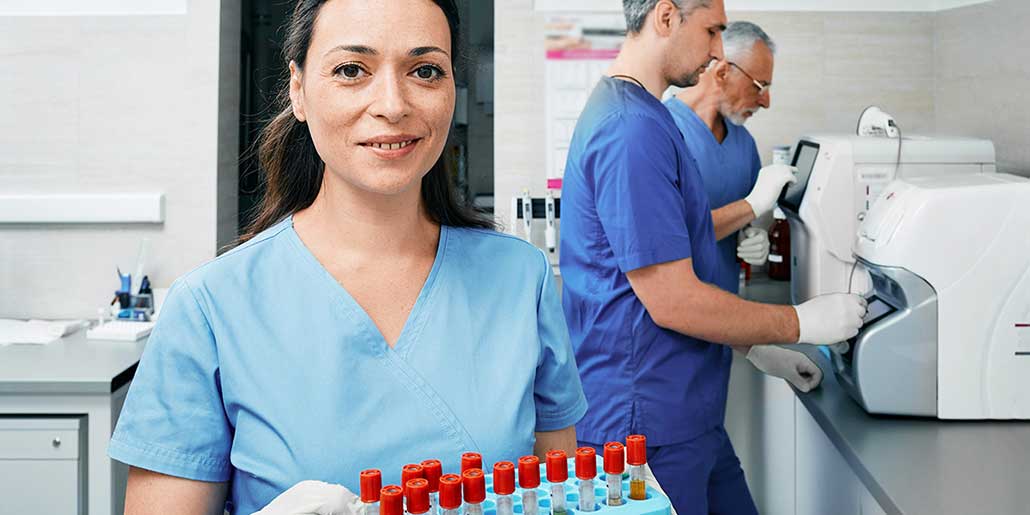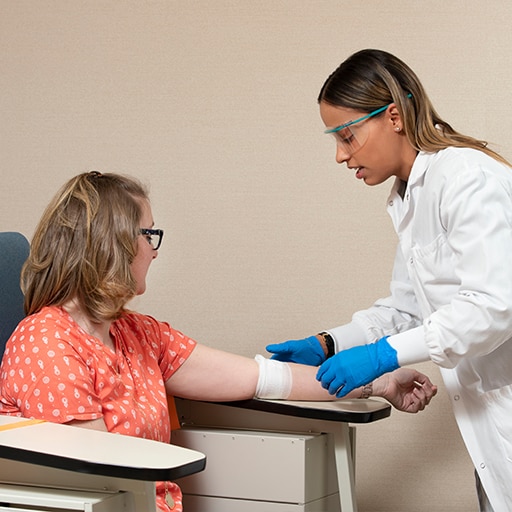Important Aspects to Think About When Picking one of the most Suitable Medical School Educational Program for You
Picking one of the most suitable medical school curriculum is a critical decision that can significantly influence your educational trip and future job course. As striving clinical professionals, the choice of educational program must align with your personal learning design and occupation goals. However, past these preliminary considerations, various vital factors enter into play when making this selection. By checking out the nuances of training approaches, curriculum versatility, and medical exposure possibilities, a more comprehensive understanding of what makes an educational program suitable for you emerges. Let's discover these essential aspects that can shape your clinical education and learning and eventually, your professional trajectory.
Personal Discovering Style

Medical colleges that provide varied teaching techniques and sources can accommodate different finding out styles, promoting a vibrant and comprehensive academic setting. Inevitably, comprehending individual knowing preferences encourages trainees to make enlightened choices concerning their clinical education and learning, establishing a strong structure for their future jobs in health care.
Occupation Purposes Placement

Furthermore, aligning career purposes with the clinical school curriculum can also boost inspiration and involvement throughout the instructional journey. When students see the straight importance of their coursework to their future job, they are extra likely to stay committed and focused to their research studies. Consequently, when choosing a medical institution curriculum, it is essential to meticulously consider how well it aligns with one's career purposes to guarantee a successful and satisfying expert course.
Teaching Techniques
Taking into consideration the positioning of job goals with the chosen medical school educational program, an assessment of the teaching methodologies employed becomes essential in forming the discovering experience. The efficiency of a medical college curriculum greatly relies on the teaching methods utilized by the organization. Various training methods, such as lectures, tiny team discussions, problem-based learning, simulation-based training, and hands-on scientific experience, can considerably affect how well pupils retain and understand information.
Simulation-based training allows trainees to exercise medical abilities in a regulated environment before connecting look here with actual people. Hands-on professional experience offers a direct understanding of individual treatment and medical methods.
When selecting a medical college educational program, aiming students should consider the training techniques utilized to ensure that their learning preferences and toughness straighten with the instructional approach of the organization.
Educational Program Versatility
When reviewing medical institution programs, examining the degree of educational program flexibility is vital for potential pupils seeking a customized instructional experience. Educational program flexibility describes the level to which trainees can customize their understanding paths within the medical institution curriculum. A curriculum that provides versatility allows students to seek their interests, concentrate on locations where they need a lot more assistance, and participate in discovering experiences that straighten with their career objectives.

Possible medical trainees must take into consideration how a clinical institution's educational program adaptability aligns with their knowing choices, job aspirations, and personal goals. By selecting a program that uses the appropriate balance of structure and versatility, pupils can maximize their educational experience and prepare themselves for successful professions in medicine.
Clinical Exposure Opportunities
Exploring the useful application of medical knowledge, discover this info here professional direct exposure chances play an important role in shaping a thorough clinical education. These opportunities give students with invaluable hands-on experience in real medical care settings, allowing them to link the space between concept and practice. When considering clinical institution educational program, the quality and amount of scientific exposure must be carefully reviewed.
Effective professional exposure needs to provide a varied range of experiences throughout different specializeds, guaranteeing that pupils are subjected to different clinical circumstances and patient demographics. Direct exposure to outpatient centers, inpatient wards, surgical theaters, and emergency situation divisions can help trainees establish a well-shaped understanding of various elements of medical care shipment. In addition, chances for community-based treatment and interactions with underserved populaces can foster a much deeper appreciation for the social determinants of health and wellness.
In addition, the existence of supportive faculty and coaches during these professional experiences can substantially enhance the knowing procedure. Faculty advice and positive comments can help pupils assess their professional encounters, recognize locations for renovation, and enhance their medical abilities and decision-making capabilities (Northeast Medical Institute CNA Classes Near me Stamford). Overall, durable scientific direct exposure opportunities are crucial for preparing future physicians to deliver top quality patient care efficiently
Final Thought
Finally, when choosing a medical school curriculum, it is vital to consider your personal learning design, positioning with profession objectives, showing methods, curriculum adaptability, and medical original site direct exposure chances. These factors play a crucial function in establishing the most appropriate program for your educational and professional development. See to it to completely assess each aspect to make an informed choice that will certainly best sustain your development in the clinical field.
Understanding one's individual learning design is important when choosing a medical school educational program. By determining one's learning design early on, striving clinical pupils can strategically select a curriculum that provides to their toughness, ultimately boosting their discovering experience and academic success.
When assessing medical school programs, evaluating the level of curriculum versatility is necessary for potential students looking for a tailored academic experience. Educational program flexibility refers to the level to which trainees can customize their knowing paths within the clinical school educational program.In conclusion, when picking a clinical college educational program, it is crucial to consider your personal discovering design, alignment with career goals, showing approaches, curriculum versatility, and medical direct exposure chances.